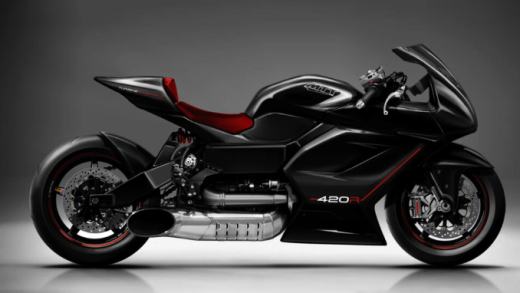In the world of automotive care, touch up paint has become a popular solution for maintaining the appearance and protecting the value of your beloved vehicle. But does touch up paint really provide the level of protection your car needs? In this comprehensive blog post, we will delve into the depths of this question, exploring the benefits, limitations, and effectiveness of touch up paint in safeguarding your car’s exterior.
1. Understanding Touch Up Paint:
Touch up paint refers to the specialized paint used to repair minor scratches, chips, and blemishes on a car’s surface. It typically comes in small bottles or pens, matching the original color of the vehicle. While it may not be a permanent fix, touch up paint can significantly improve the aesthetics and protect the underlying metal from corrosion.
2. The Protective Shield:
a. Preventing Rust: One of the primary purposes of touch up paint is to create a protective barrier that shields the exposed metal from moisture and oxygen, preventing rust formation. Rust can quickly spread and compromise the structural integrity of your car, leading to costly repairs.
b. Minimizing Paint Damage: By promptly addressing scratches and chips, touch up paint helps prevent further paint damage. This is crucial as exposed paint can deteriorate over time due to UV rays, harsh weather conditions, and contaminants, leading to fading and peeling.
3. Limitations of Touch Up Paint:
While touch up paint offers significant benefits, it is essential to acknowledge its limitations to set realistic expectations:
a. Surface Level Protection: Touch up paint primarily provides protection at the surface level, safeguarding against rust and further paint damage. However, it may not be as effective in preventing deeper structural damage caused by accidents or major impacts.
b. Color Matching Challenges: Achieving a perfect color match can be challenging, especially for older or custom-painted vehicles. Although touch up paint manufacturers strive for accuracy, slight variations in color may still be noticeable upon close inspection.
4. Application and Maintenance Tips:
To maximize the effectiveness of touch up paint, consider the following tips:
a. Thorough Preparation: Clean the damaged area thoroughly, removing any dirt, wax, or debris. Use a fine-grit sandpaper to smooth the edges of the scratch or chip.
b. Precise Application: Apply touch up paint using a small brush or pen, following the manufacturer’s instructions. Apply multiple thin layers, allowing each coat to dry before adding the next.
c. Regular Maintenance: Regularly inspect your car’s exterior for new scratches or chips and promptly touch them up. This proactive approach will help maintain the protective shield and prevent further damage.
Conclusion:
In conclusion, touch up paint does indeed protect your car by creating a barrier against rust and minimizing paint damage. While it may have limitations, such as surface-level protection and color matching challenges, its benefits outweigh these drawbacks. By understanding the proper application techniques and regularly maintaining your car’s exterior, touch up paint can significantly extend the lifespan and preserve the beauty of your vehicle. So, don’t hesitate to invest in touch up paint and give your car the protection it deserves.
Note: To ensure the content’s timeliness, it is crucial to update the information regularly as new advancements or products may emerge in the automotive industry.


